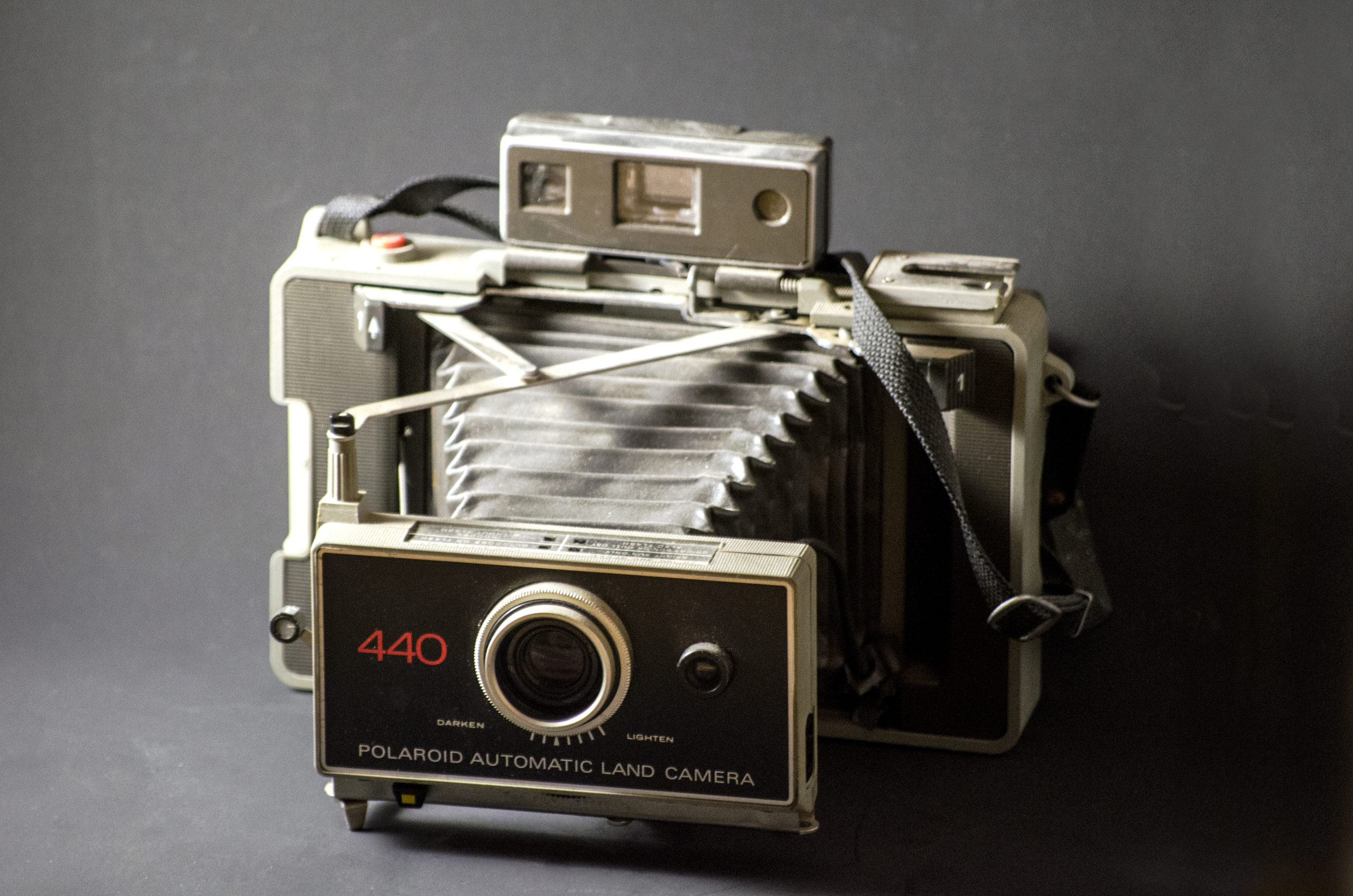I decided to pick up a couple more pieces of bristle board as there is much more experimenting to do and I wanted to share my experience using black backgrounds in a Lightbox.
I have already shot a wide variety of photos using a white background and after spilling food colouring over it, I needed to get a fresh clean one. Instead of just buying white, I went with black and decided to pick up another brilliant colour (You’ll learn more about this very soon).
After putting in a new background in the light box, I grabbed some items that I photographed already, some new ones and began shooting. I immediately learned that a light background in comparison to a dark one changes everything. Everything from the mood of the photo, how light bounces and is absorbed, to the drastic change of settings on the camera. This was a lesson that I needed to be reminded of, as not all the imagery worked out.
I, like a many of you, have been working from home or have been laid off. I have had to keep my creative mind running like a well oiled machine so I began new project at home. The best part of this is that I’m learning and understanding new photographic techniques that I never focused on before. By continuing to play with this, I will get better, but I will admit, this was the ‘hardest’ session I have done since I began the project. You can follow me on Instagram for my digital portfolio and check out #photographersstuckathome.
The two main technical aspects I needed to be reminded of were:
- Black backgrounds will absorb light – I placed my lights too close to the background. Because of this, the background absorbed the light, thus giving it a matte, dusty grey look. This wasn’t the result I wanted and will be a great reminder for the next shoot.
- Shutter speeds will slow down – As mentioned above, black backgrounds absorb light. It doesn’t have the reflective properties that a white background has and this means your shutter speeds will slow down (if you are shooting at a constant ISO and Aperture). With your shutter speeds reduced, there is much more chance for camera shake, thus blurry, unattractive photos. If possible, shoot with a tabletop tripod (which I could not find mine) to reduce the chance of blur.
Because of these reasons, not all photos were exceptional, but I was able to save some of my favourites of the set. I needed to do more post-production then I usually like to do darken the background and reduce camera shake as much as possible. It again drilled the lessons I just learnt further into my memory.
I for surely had a blast shooting and editing these photos and I wanted to be sure to share them with you. I’ll continue to post my projects that I have completed on my social media such as Facebook and keep updating our readers with the stories that come with them.
If you want to know more about shooting in this way, let me know and I’ll sure what expertise I do have. Be sure to follow my Instagram for my digital portfolio or contact me today to request your booking.







